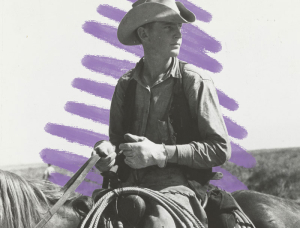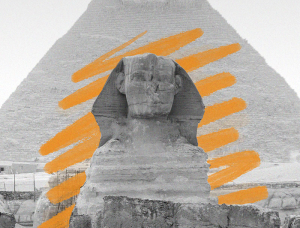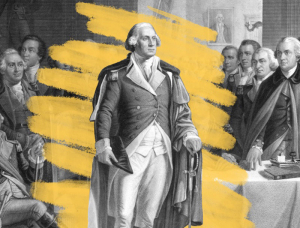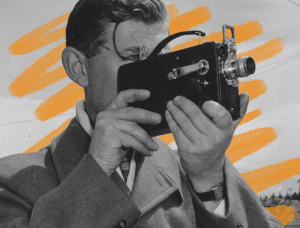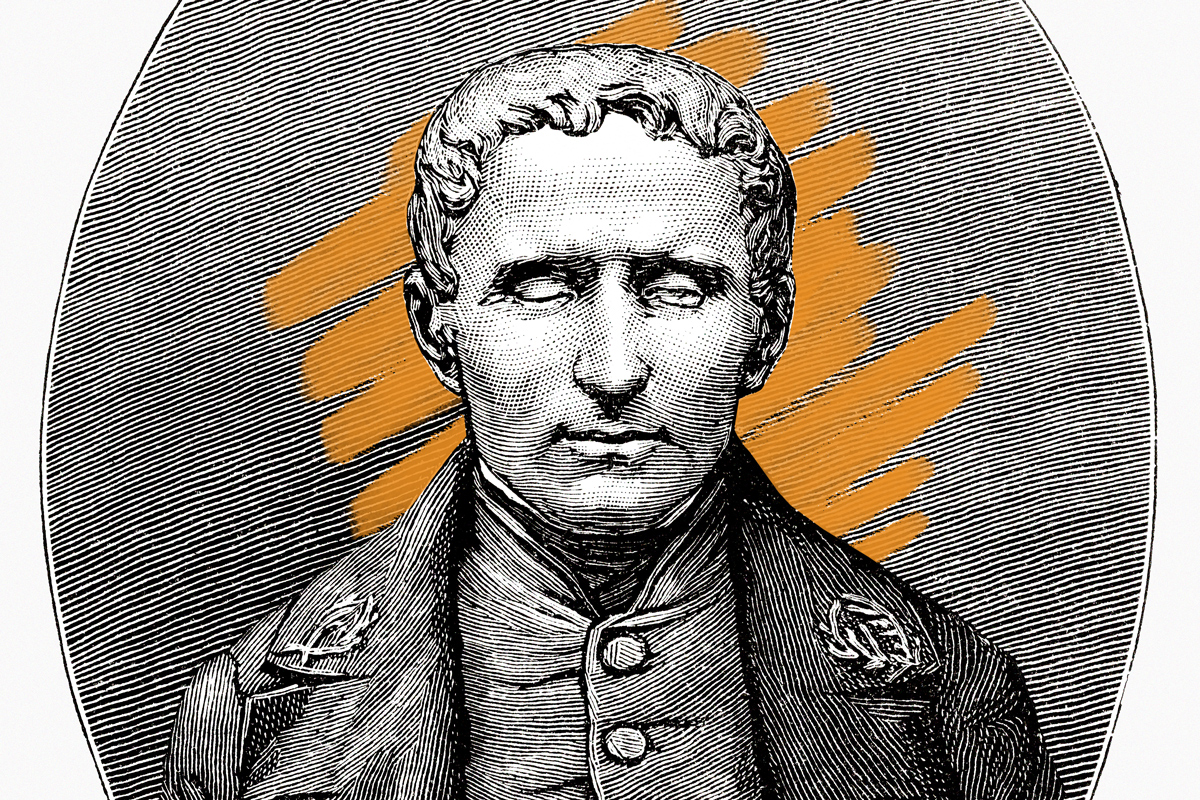A 15-year-old invented Braille.
Braille is a set of tactile symbols designed for reading that’s used all over the world by blind and visually impaired people; letters and symbols are represented by different configurations of a grid of six raised dots. One could easily assume that such a widely accepted system was drafted by someone with a wealth of experience, but inventor and namesake Louis Braille was just 15 years old at the time, a student at the Institution Royale des Jeunes Aveugles (Roayl Institute for Blind Youth) in Paris.
Young Braille, who lost his sight in an early childhood accident, didn’t build the system from scratch. French inventor Charles Barbier had a keen interest in shorthand, and spent a lot of time developing alternate notation methods that didn’t require traditional writing. In 1815, he published a collection of methods for tactile reading, including a series of raised bumps in a 12-dot grid. Barbier had visually impaired people in mind when he designed this method, but as a sighted person, he couldn’t fully test it on his own.
When Braille first enrolled at the Royal Institute for Blind Youth in 1819, students learned to read raised cursive letters, which were not only difficult to read but very rarely taught kids to write. But in 1821, the school started using Barbier’s system, which was much easier to both read and write. Braille, who had firsthand experience with the system and knew how to improve it for visually impaired people, started developing his own version. His six-dot system, invented in 1824, was easier to read under a single fingertip, and could be adapted for math and music. He published his method in 1829, when he was 20 years old.
